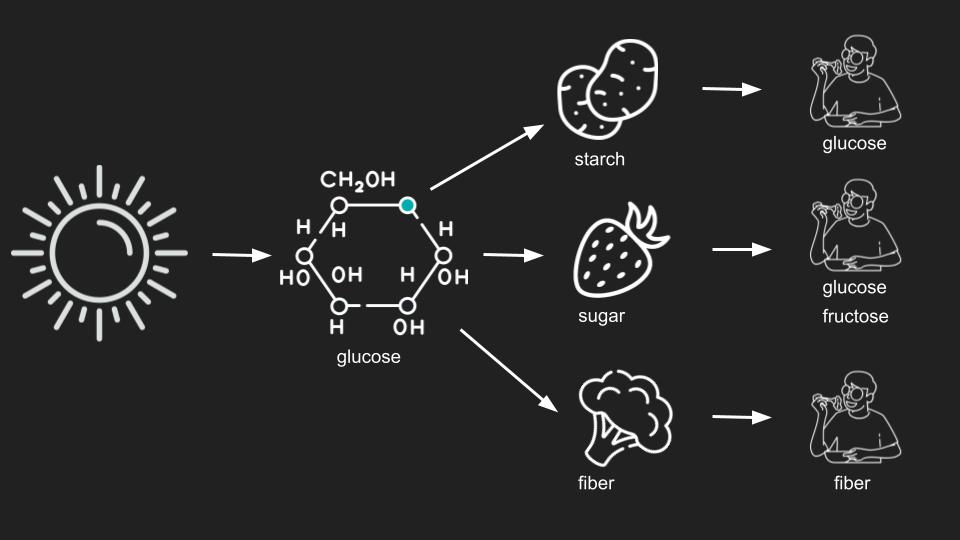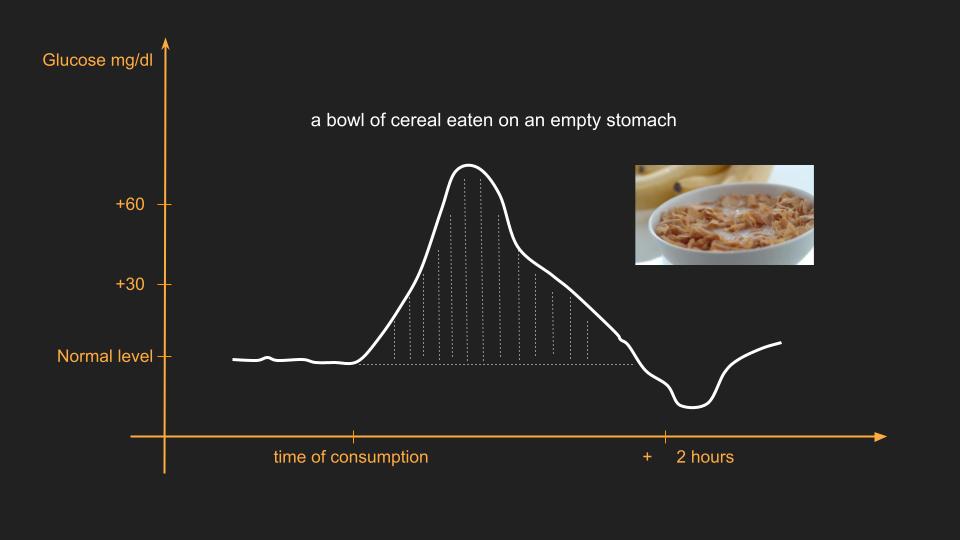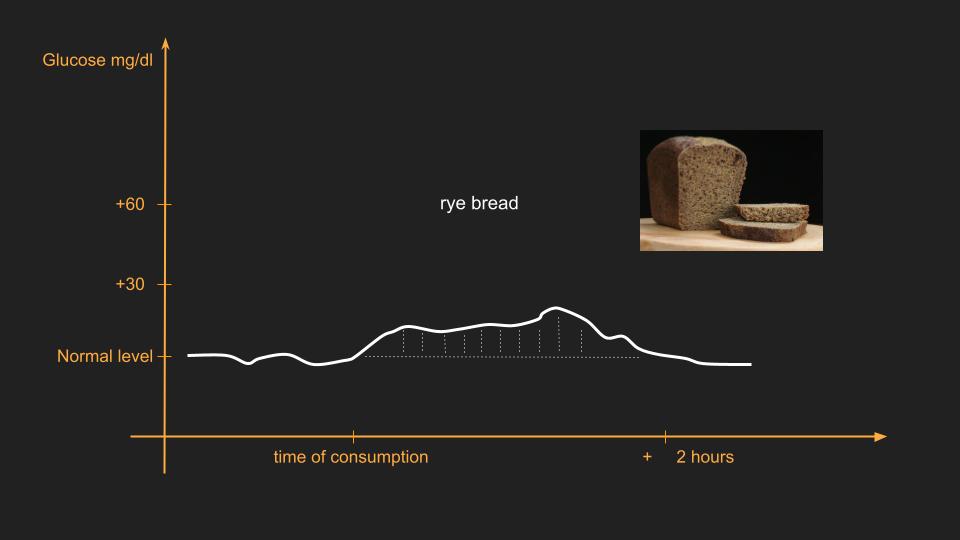Plants have superpowers – they can transform air into matter. By combining carbon dioxide with water and utilizing solar energy, plants can create substances they use to build themselves. This substance is called glucose, and the process of creating it is called photosynthesis. Glucose [1] is an ideal building block – it can be used to build a stiff trunk, flexible leaves, tender roots, or juicy fruits.

However, storing pure glucose is not easy because it quickly dissolves into its surroundings. Therefore, plants, using enzymes, connect glucose molecules in chains, creating a special form of glucose called starch. We mainly find it in plant roots. Beets, potatoes, carrots, celery, and others are rich in starch. Seeds, such as rice, corn, wheat, beans, peas, and soy, also contain starch.
Starch is a way to store energy for later use. When a plant needs glucose, it uses an enzyme called alpha-amylase[2], which releases glucose molecules from the starch chains. In this way, glucose is released and ready to be used either as energy or as a building material.
Another enzyme may be called upon to carry out a different task, namely, to create fiber[3]. If glucose can be compared to a brick, fiber is the mortar between the bricks. It is mainly found in trunks, branches, flowers, and leaves, but also in roots and fruits.
A part of its glucose is transformed into even sweeter molecules called fructose, which is stored in fruits – apples, cherries, kiwis, and so on. Fructose is about 2-3 times sweeter than glucose. Why is this necessary for plants? Because fruits contain seeds, which are key to reproduction. Fructose can, in turn, be turned into sucrose – for plants, it is an efficient temporary energy storage, just as it has great significance for us because we use it every day – it’s what we call table sugar.
Your cells, just like all animal cells, need energy to live. Glucose is their favorite source of energy. Every second, your body burns 8 billion glucose molecules (Jeremy M. Berg, Biochemistry). The hardest way we get glucose is by consuming it through food. When we eat starch, we break it down into glucose using alpha-amylase, the same enzyme that plants use for this purpose.
Glucose and fructose from fruits are ready for use immediately – the enzyme quickly separates the molecules in a few nanoseconds. There are enzymes that break down starch and sucrose bonds, but there are none that break down fiber. Although fiber does not convert back into glucose, it is an essential part of the diet and plays an extremely important role in supporting digestion and maintaining a healthy gut microbiota, among other things.

To summarize, apart from fiber, all the sugars in plants we consume break down during digestion back into glucose and fructose molecules. Fiber passes through our digestive system unchanged.
All plants that contain starch or sugar also have fiber. This is important because dietary fiber helps slow glucose absorption. Unfortunately, supermarket shelves today are full of products that mainly contain starch and sugar. You won’t find fiber in foods like bread, ice cream, sweets, fruit juices, or sweetened yogurts. This is no accident – food manufacturers often remove fiber to make their products last longer.
In prehistory, we consumed sugar in seasonal fruits with high fiber content. Later, in the 19th century, we consumed small amounts of sugar – it was a treat to eat at least one candy bar during the year. Today, on average, we consume over 40 kg of sugar annually. More doesn’t mean better. Excessive sugar consumption harms our health, although we often don’t realize it. The glucose concentration is measured in milligrams per deciliter (mg/dl). According to standards, the normal fasting glucose level is 60-100 mg/dl [4]. Even if the glucose level in the blood is optimal, we still experience sugar spikes daily. These are rapid increases and decreases in glucose concentration after eating. Our goal should be to avoid sugar spikes, regardless of the fasting glucose level, as this variability caused by spikes poses the greatest risks. This variability depends on what we eat, but even more so on how we eat.



It turns out that the smaller the variability, the better for our health[5, 6]. In the next section, I will try to explain why sharp and frequent glucose spikes are unhealthy at next part. Subscribe to the newsletter below to stay updated on the publication.
Thank you for your attention, Lumin Hopper
Please note: this article is for informational purposes only and does not constitute medical advice. Before making any decisions regarding your health or diet, we recommend consulting a qualified professional.


